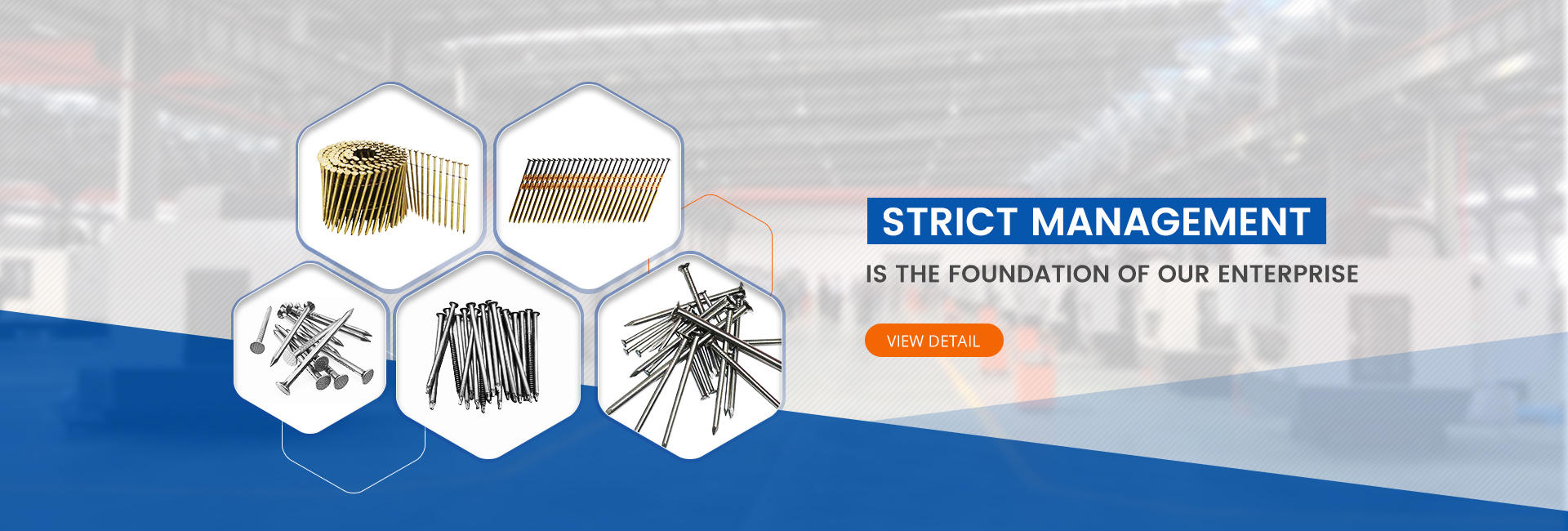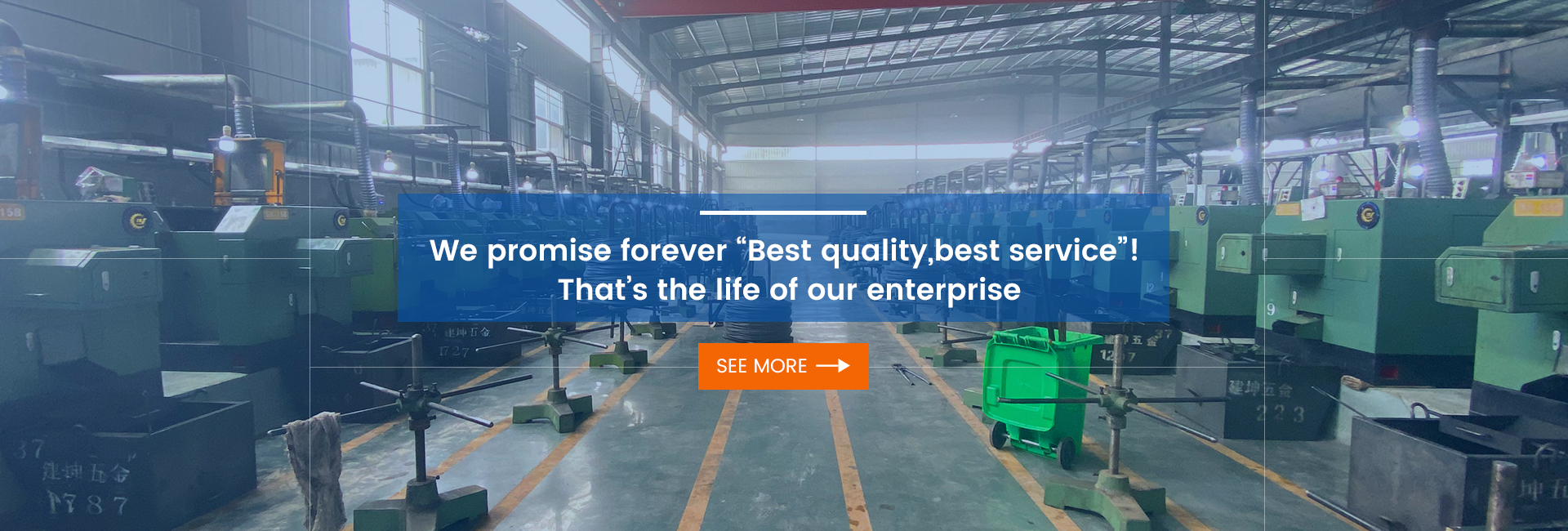Introduction
Gas shooting nails, also known as gas-driven nails, have become a crucial component in the construction and industrial fastening sectors. These nails, used with gas nailers, provide a highly efficient and cordless solution for fastening materials, making them an attractive alternative to traditional pneumatic and manual fastening methods. As the industry evolves, advancements in technology, shifting market demands, and new applications are shaping the future of gas shooting nails.
Market Trends and Demand Growth
The global market for gas shooting nails is experiencing steady growth, driven by several factors:
- Increasing Construction Activities – The rise in residential, commercial, and infrastructure projects worldwide is boosting the demand for efficient fastening solutions. Gas nailers and their compatible nails provide fast, reliable, and labor-saving performance, making them a preferred choice among contractors.
- Cordless Convenience – Compared to traditional pneumatic nailers that require air compressors and hoses, gas nailers offer greater mobility and ease of use, driving their adoption across various industries.
- Labor Shortages and Efficiency Needs – In many regions, skilled labor shortages are pushing the need for tools that enhance productivity. Gas nailers, with their fast cycle times and ease of operation, are an optimal solution for reducing labor-intensive work.
- Growth in Prefabrication and Modular Construction – With the increasing trend toward prefabricated construction, fast and efficient fastening methods like gas shooting nails are gaining traction.
Technological Advancements
The gas shooting nail industry has witnessed several technological innovations that enhance performance and safety:
- Improved Fuel Cell Efficiency – Newer gas-powered nailers come with longer-lasting and more efficient fuel cells, reducing downtime and operating costs.
- Stronger and More Durable Nails – Manufacturers are developing nails with improved coatings (e.g., galvanized or stainless steel) to increase corrosion resistance, making them suitable for a wider range of applications.
- Safety Enhancements – Features such as low recoil, ergonomic designs, and anti-dry fire mechanisms are being integrated into modern gas nailers, improving user experience and workplace safety.
- Smart and Connected Tools – Some manufacturers are introducing gas nailers with digital tracking, battery indicators, and even Bluetooth connectivity for real-time monitoring of tool performance.
Future Prospects and Challenges
While the gas shooting nail industry presents promising growth opportunities, it also faces certain challenges:
Environmental Concerns – The use of gas cartridges raises questions about emissions and sustainability. Some companies are exploring eco-friendly gas alternatives or hybrid systems to address these concerns.
Competition from Battery-Powered Nailers – With advancements in lithium-ion battery technology, battery-powered nailers are gaining popularity. Manufacturers of gas shooting nails must continue innovating to maintain their competitive edge.
Regulatory Compliance – Different countries have varying regulations on gas cartridge transportation and disposal, which may impact market expansion.
Conclusion
Gas shooting nails continue to play a vital role in the construction and fastening industries. With ongoing technological advancements and growing demand for high-efficiency tools, this market is expected to expand further. However, manufacturers must address environmental concerns and evolving competition to stay ahead. For businesses and contractors looking for speed, efficiency, and reliability, gas shooting nails remain a strong investment for the future.
Post time: Apr-02-2025



